Easy Activities to Make Animals Out of Clouds
This fun sorting game features nine habitats, home to various animals including bears, tree frogs, and orangutans.
Learn more: Kiddy Charts
4. Visit A Local Pond

What better way to learn about habitats than to visit one in person? Ponds are teeming with a huge variety of aquatic plants and animals; some easier to spot than others. Treat the day as an adventure hunt and let learners explore with magnifying glasses and notebooks, to draw and take notes on what they see to share later with the group.
Learn more: KC EDventures
5. Create Your Own Prismatic Ocean in a Jar

Did you know that sea creatures lived in different ocean zones? Most learners assume that the sea is one big open field, but there are actually five main zones with different aquatic mammals inhabiting each one.
Learn more: KC EDventures
6. Create a Desert Habitats Lapbook
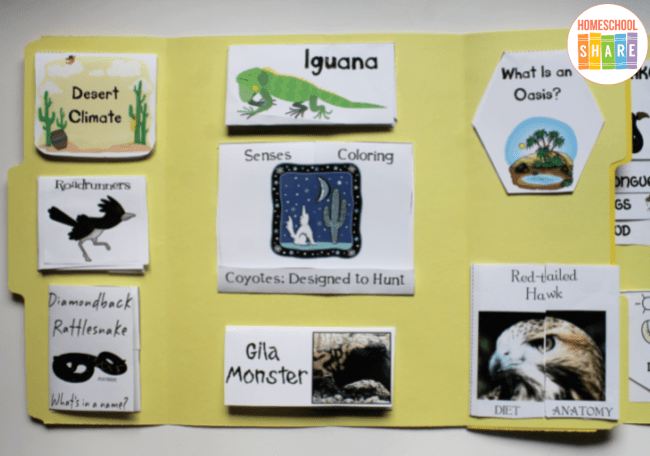
By creating their own desert lapbook, students can learn about desert climate, the definition of an oasis, and appreciate the variety of plant and animal life beyond exotic reptiles, snakes, and cacti that call this driest of habitats their home.
Learn more: Homeschool Share
7. Watch the Magnificent Planet Earth Series

The Planet Earth series is a visually stunning way for students to see mountains, oceans, rainforests, and other colorful habitats in action. To ensure that they are learning instead of just passively watching, it will help to pair the series with questions from a resource like the one below.
Learn more: Teachers Pay Teachers
8. Animal Habitats Video Quiz
Students can't seem to get enough of guessing games and this one is sure to become a favorite. Primary learners can raise their hands to guess where different animals live. This is a fun activity to do a class as well as an informal way to gauge student understanding through direct observation.
Learn more: Armagan Citak
9. Visit an Aquarium
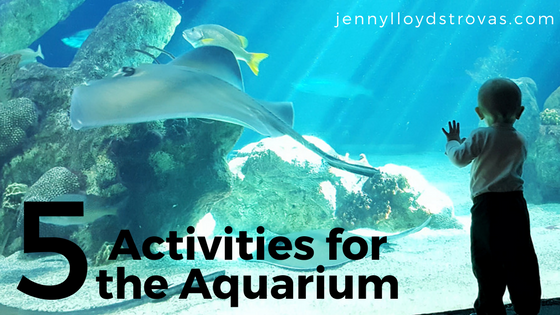
While aquarium admission may not be cheap, the lessons learned from seeing aquatic plants, box turtles, colorful reef fish, and ocean habitats in person are priceless. You can prepare activities or questions for students to answer during their visit, but be sure to give them ample time to learn and explore on their own.
Learn more: Nature Matters with Dr. Jenny
10. Map the Journey of the Polar Express

Who hasn't wanted to explore the North Pole on the magical Polar Express? This cross-curricular activity allows students to learn all about how a normal food chain works, food availability, habitat range, and habitat structures in this coldest of cold habitats.
Learn more: Teachers Pay Teachers
11. Play a Game of Bingo at the Zoo
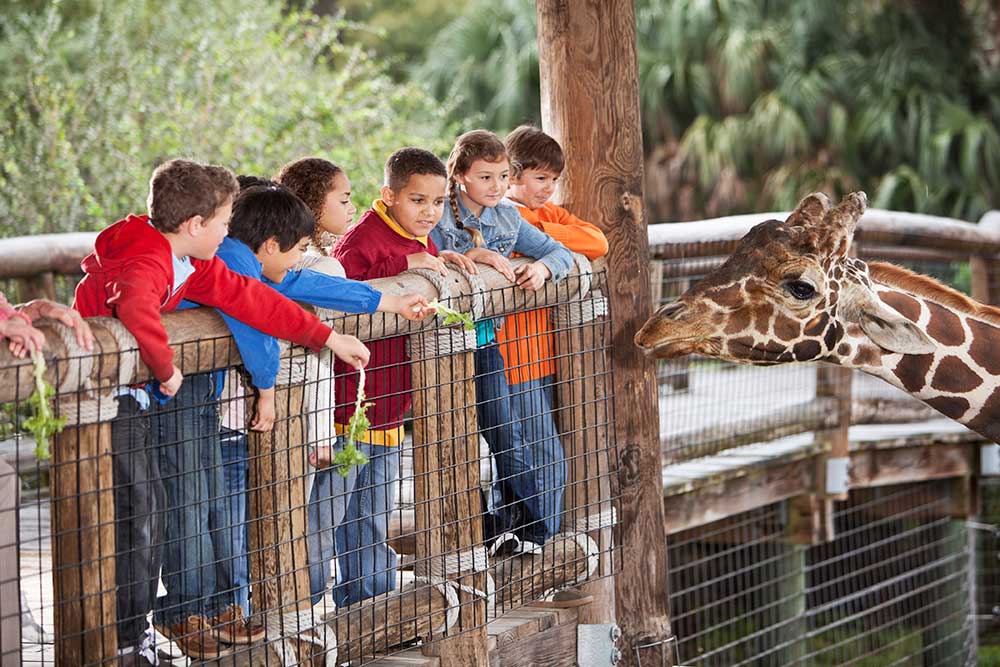
By creating bingo charts of animals and their habitats ahead of your visit, you can ensure that students will keep their eyes peeled for every last one. There's no need to spend a great deal of time sitting when there are wild animals to see at every turn.
Learn more: Mommy University
12. Play a Tropical Rainforest Escape Room Game
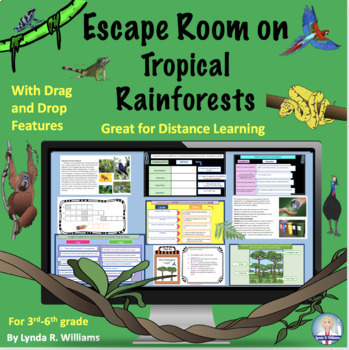
This fully online resource is great for remote learning. Students can't escape the room unless they can answer all the rainforest habitat questions. Since learners will check their own answers, there is absolutely no prep to do! Sit back, relax and enjoy watching kids learn at their own pace.
Learn more: Teachers Pay Teachers
13. Saltwater vs Freshwater Sorting Activity

While it may be easy to tell a deciduous forest habitat apart from a polar habitat, marine habitats are trickier. By practicing with these cut-out examples, students will develop a clearer understanding of the differences between these deceptively similar water bodies.
Learn more: Teachers Pay Teachers
14. Build a Himalayan Habitat Diorama
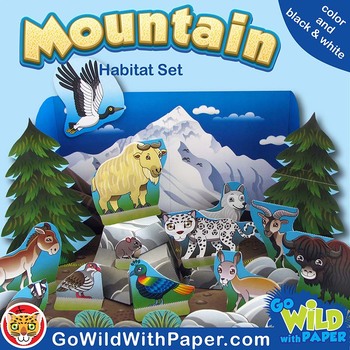
Most students assume that mountain habitats aren't home to more than goats and a few snakes. But that's far from the truth. By assembling this Himalayan diorama, they'll discover every creature from the snow leopard to the black-necked crane that inhabits this majestic mountain range.
Learn more: Teachers Pay Teachers
15. Discover Micro-Habitats in the Schoolyard
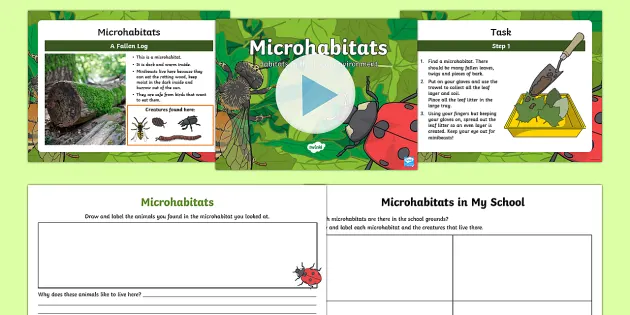
Micro - habitats can be any small section of a larger habitat such as a rock pool or a rotting log. In this activity, students will study micro-habitats in their school playground or garden to better understand how they differ from larger natural habitats.
Learn more: Twinkl
16. Food Chains in the Tundra Habitat

In this fun online game, students will learn about how different animals in the tundra form a food chain. They will then test their understanding by building their own food chain.
Learn more: BBC
17. Study the Life Cycle of a Sea Turtle

It's important for students to understand that animals are not stagnant, but ever-changing, even while living in the same habitat. By studying the life cycle of various aquatic turtles, from box turtles in a turtle cove to giant leatherback turtles, they will learn to appreciate the dynamic nature of these beautiful creatures.
Learn more: Teachers Pay Teachers
18. Animal Research Project
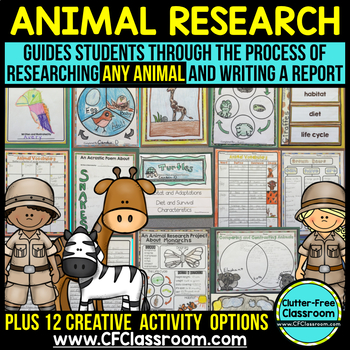
Source: https://www.teachingexpertise.com/classroom-ideas/animal-habitats-activities/
0 Response to "Easy Activities to Make Animals Out of Clouds"
Post a Comment